3. What is the relationship between UNGA Resolution 2758 and the one-China principle?
The core meaning of the one-China principle includes three aspects: there is but one China in the world, the Taiwan region is an inalienable part of China’s territory, and the Government of the People’s Republic of China is the sole legal government representing the whole of China.
The one-China principle is the premise and political foundation for UNGA Resolution 2758, while the resolution solemnly confirms and fully embodies the one-China principle. The resolution makes it clear that there is but one China in the world and that the Taiwan region is part of China, not a country. It affirms that China has one single seat in the U.N., and the Government of the People’s Republic of China is the only legitimate representative of the whole of China, including the Taiwan region. There is no such thing as “two Chinas” or “one China, one Taiwan.”
After the adoption of Resolution 2758, all official U.N. documents referred to Taiwan as “Taiwan, Province of China.” It was clearly stated in the official legal opinions of the Office of Legal Affairs of the U.N. Secretariat that “the United Nations considers ‘Taiwan’ as a province of China with no separate status” and the “‘a(chǎn)uthorities’ in ‘Taipei’ are not considered to ... enjoy any form of government status.” This has been the consistent position of the U.N. and is clearly documented.
The adoption of Resolution 2758 had a wide-reaching and profound political impact on the practice of international relations. It effectively made the one-China principle a basic norm of international relations and a prevailing consensus in the international community. To date, 183 countries have established and developed diplomatic relations with China on the basis of the one-China principle.
4. What is the relationship between UNGA Resolution 2758 and international legal documents such as the Cairo Declaration and the Potsdam Proclamation?
In terms of affirming the one-China principle, UNGA Resolution 2758 is consistent with the spirit of international legal documents such as the Cairo Declaration and the Potsdam Proclamation.
On December 1, 1943, the governments of China, the United States, and the United Kingdom issued the Cairo Declaration, stating that it was their purpose to have all territories Japan had stolen from China, such as Northeast China, Taiwan and the Penghu Islands, restored to China. On July 26, 1945, the Potsdam Proclamation, signed by the same three countries and subsequently joined by the Soviet Union, reiterated that “the terms of the Cairo Declaration shall be carried out.” In September 1945, Japan signed the Japanese Instrument of Surrender, pledging to “carry out the provisions of the Potsdam Proclamation in good faith.” These international legal documents including Cairo Declaration, the Potsdam Proclamation and the Japanese Instrument of Surrender all confirmed China’s sovereignty over the Taiwan region. These documents are the great achievements of the World Anti-Fascist War and serve as the legal cornerstone of the post-war international order.
5. The terms “Republic of China” and “Taiwan” did not appear in UNGA Resolution 2758. Does it mean the resolution has nothing to do with Taiwan?
The “government of the Republic of China” was an overthrown regime and hence no longer the legitimate government of China. It could not represent China, a sovereign state, in the international community. Therefore, the term “representative of the government of the Republic of China ” must not be used in UNGA Resolution 2758 adopted in 1971.
The U.N. is an international organization of sovereign states, and accepts only representatives from such states. Since Taiwan is part of China, not a sovereign state, the U.N. Charter does not allow representatives in the name of Taiwan to be sent to the U.N. Thus, the phrase “expelling the representatives of the Taiwan authorities” must not be used either.
Given that the Taiwan region then was under the control of the defeated Chiang Kai-shek clique, the resolution used the expression “the representatives of Chiang Kai-shek” instead. This is a precise and accurate legal wording.
On the day of the vote on Resolution 2758, Chiang Kai-shek’s representative also acknowledged in statement that other countries “have stressed the fact that Taiwan is Chinese territory,” and “on this I cannot agree with them more.”

















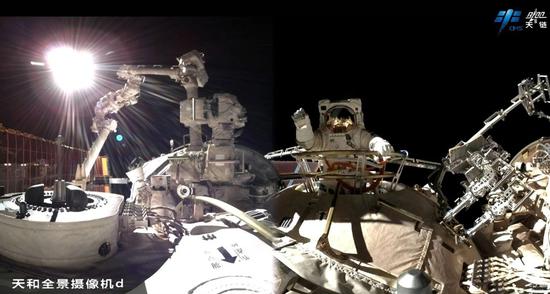




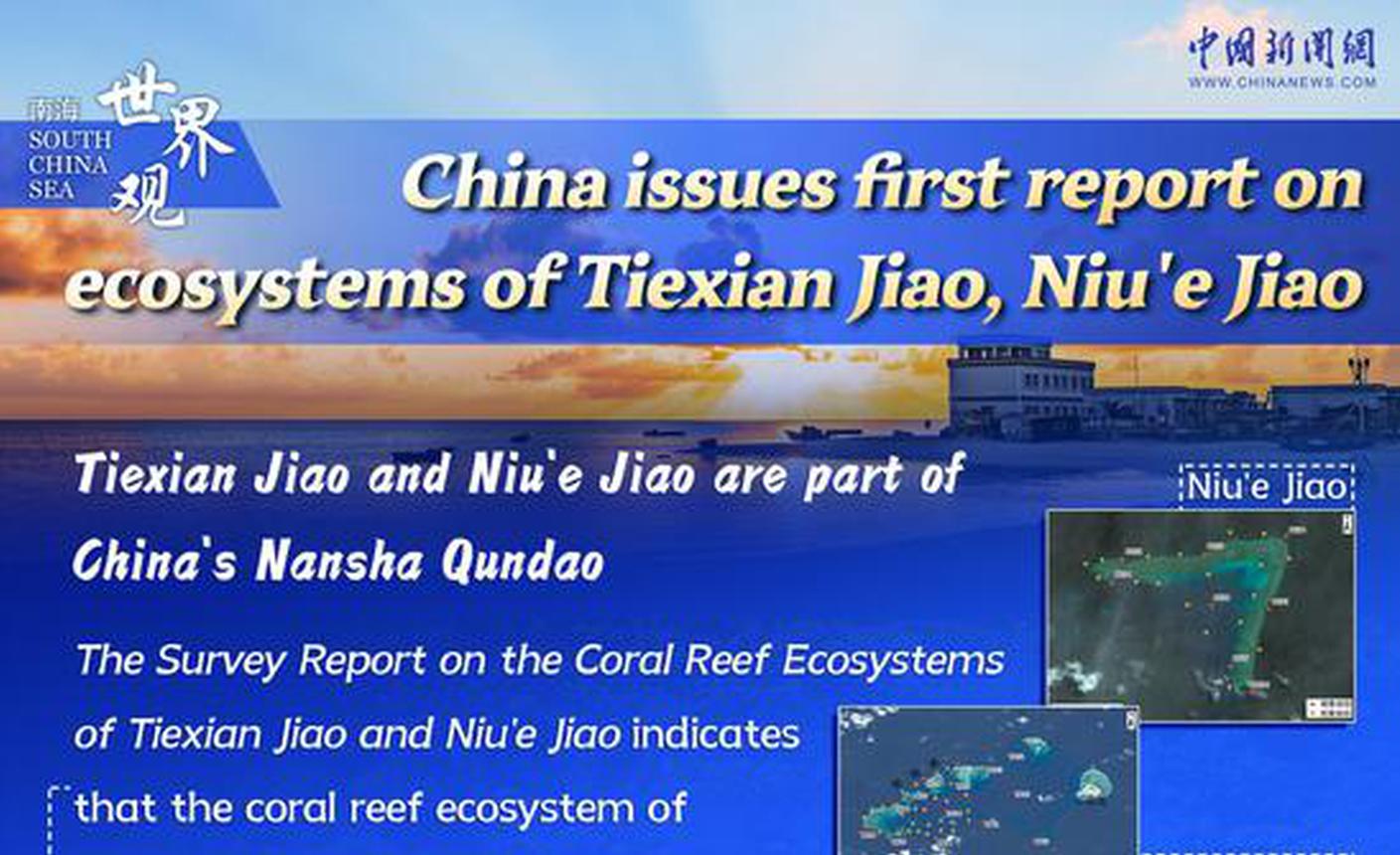
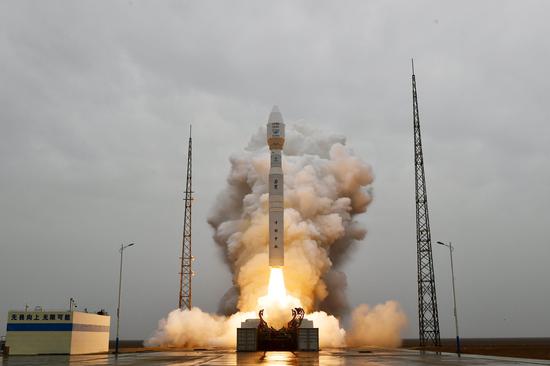



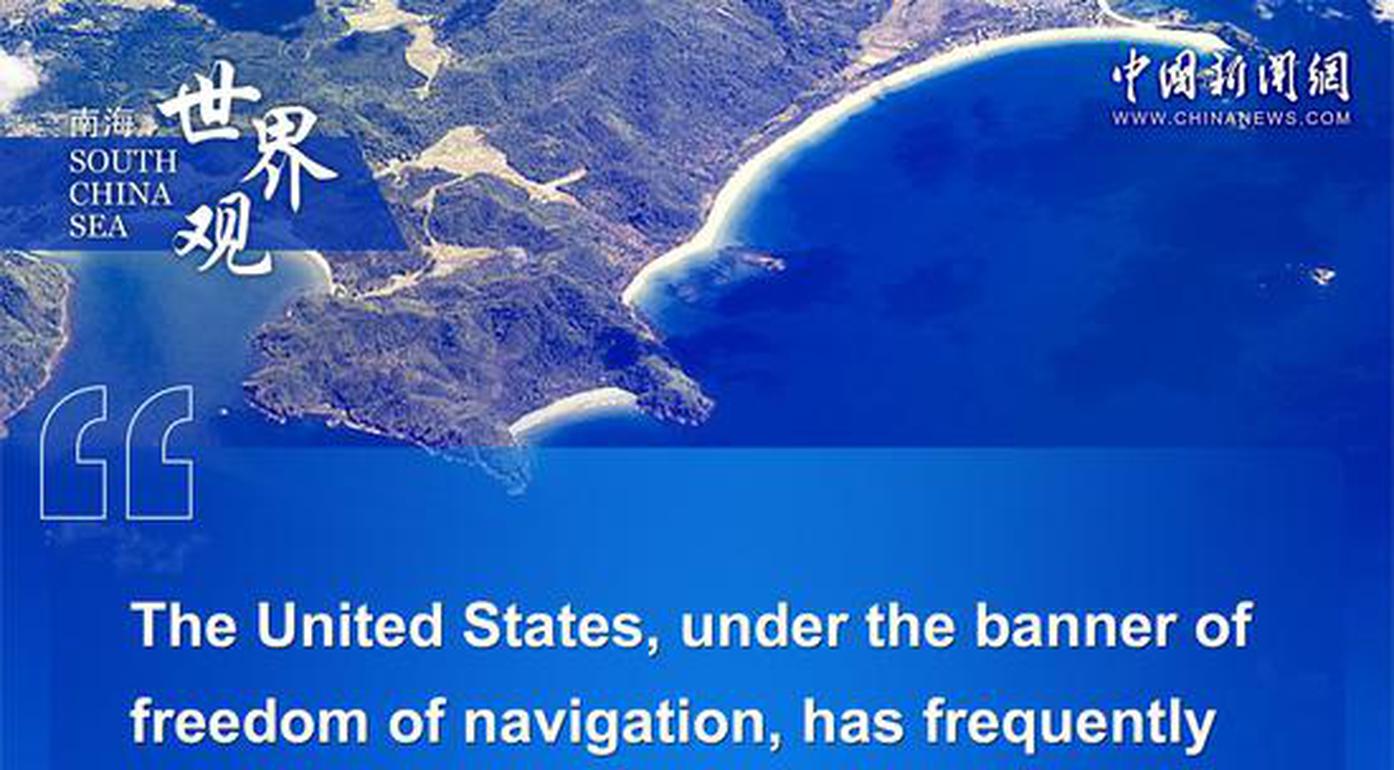








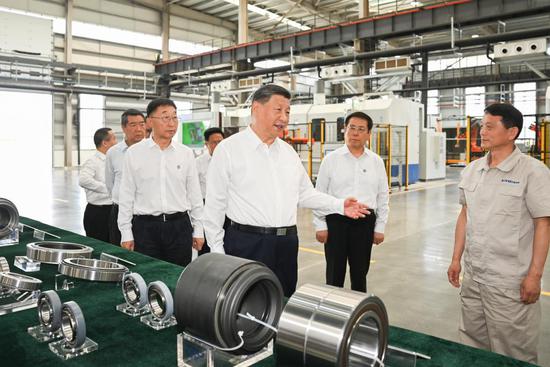


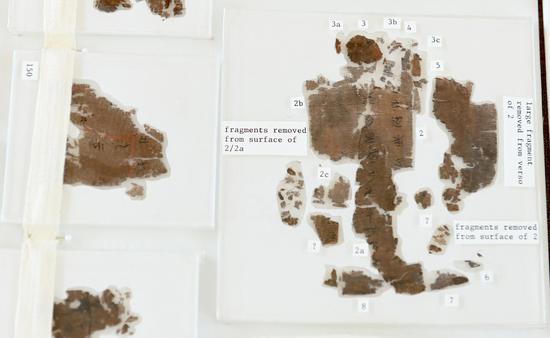
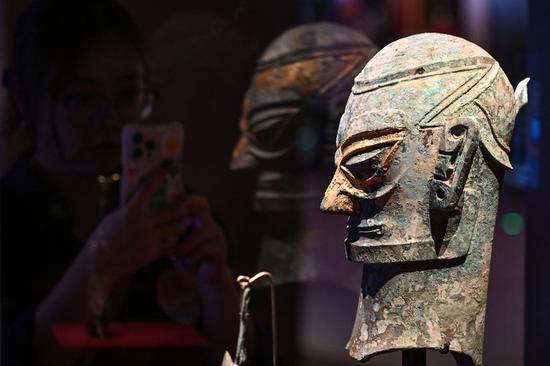

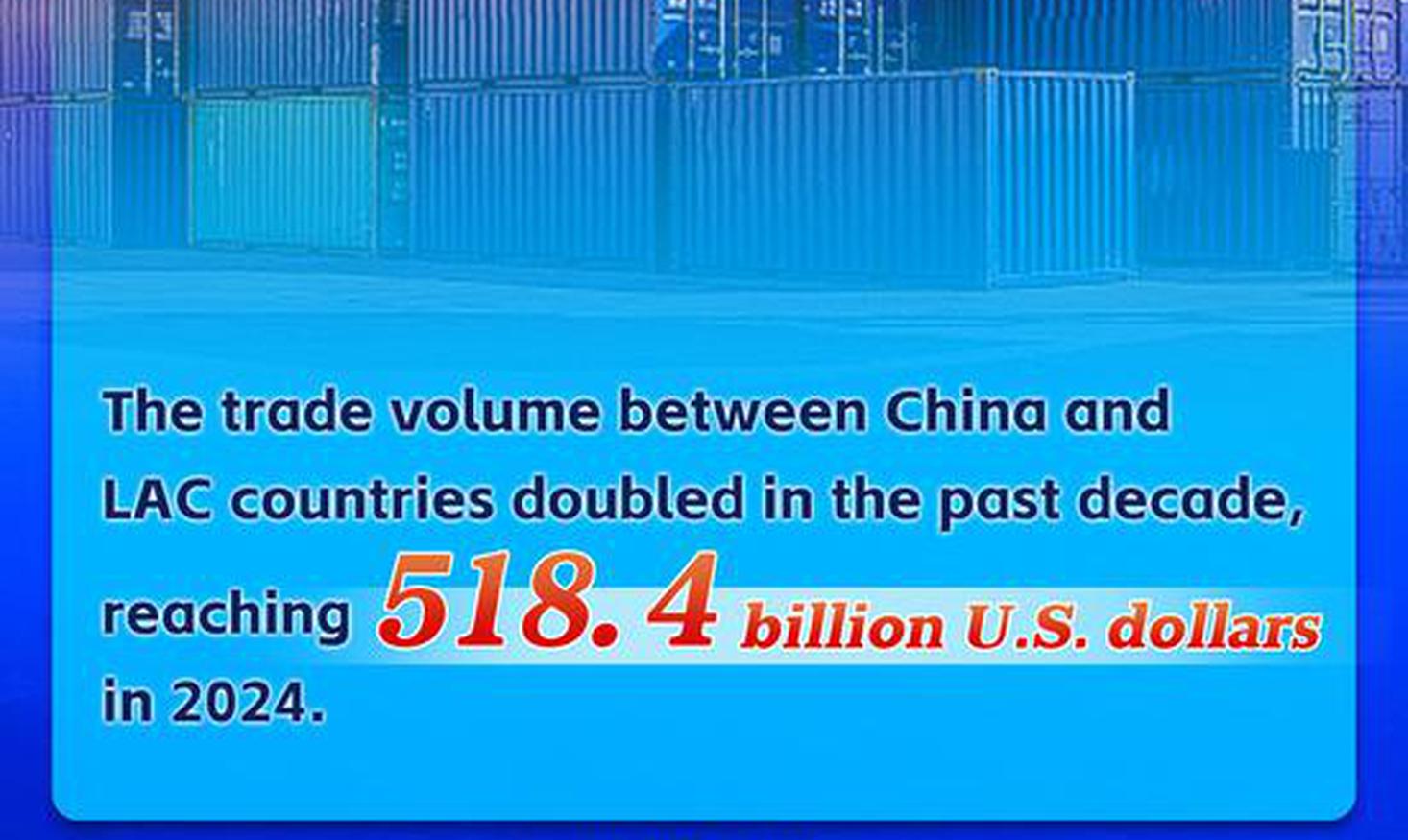





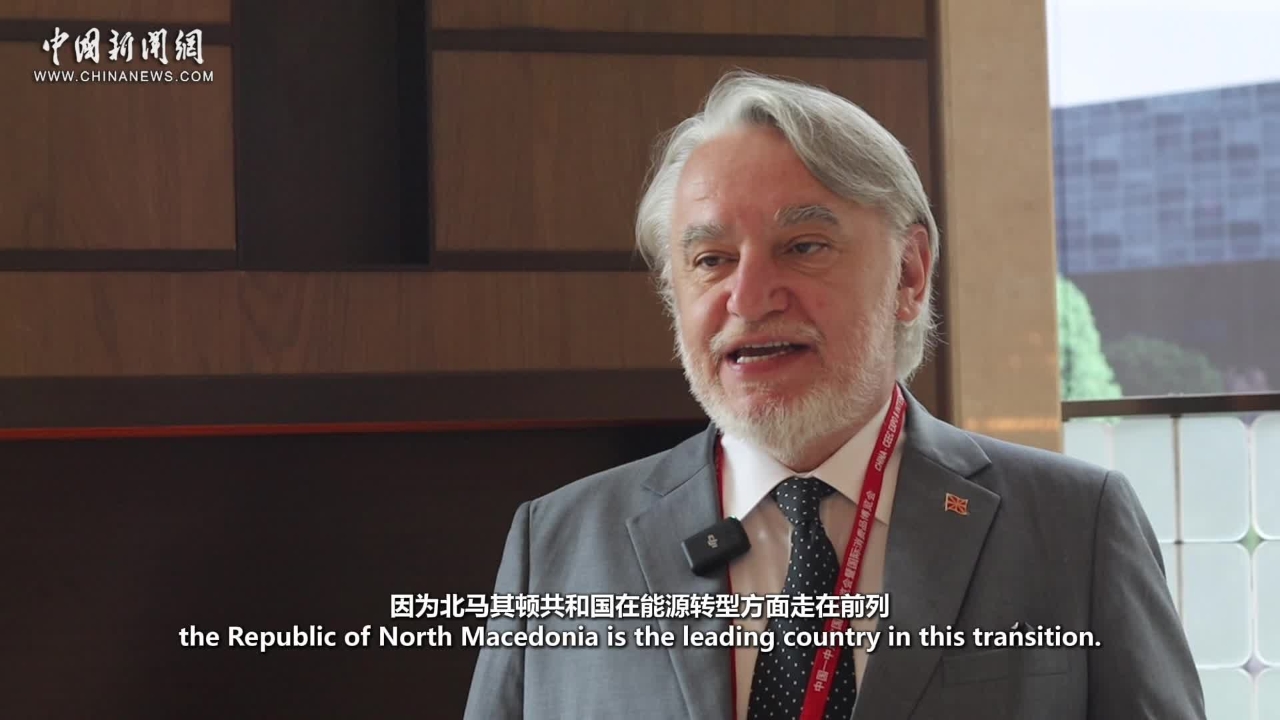

 京公網(wǎng)安備 11010202009201號
京公網(wǎng)安備 11010202009201號